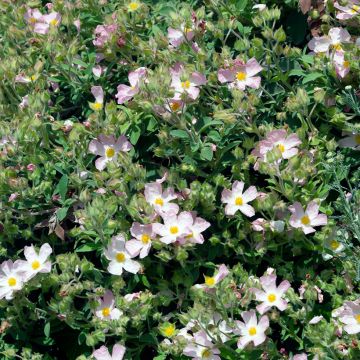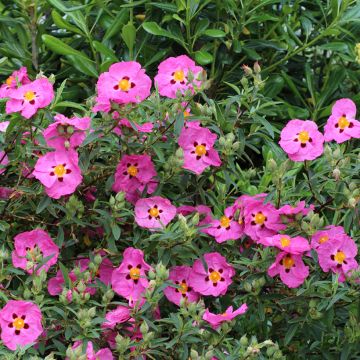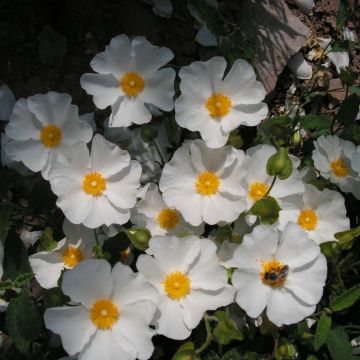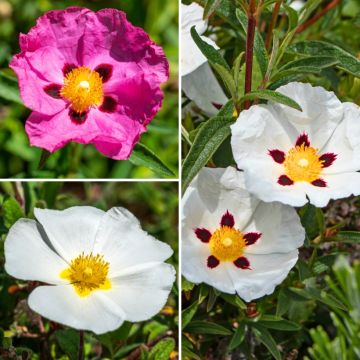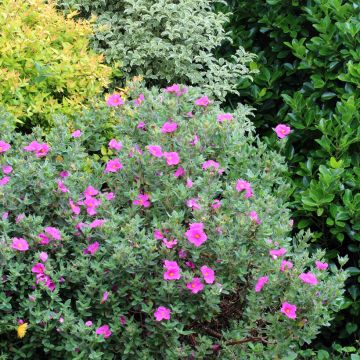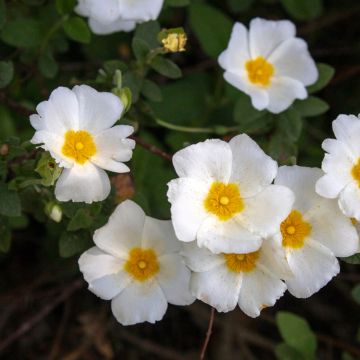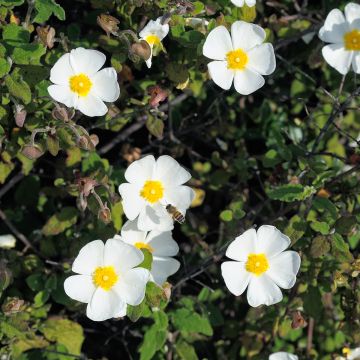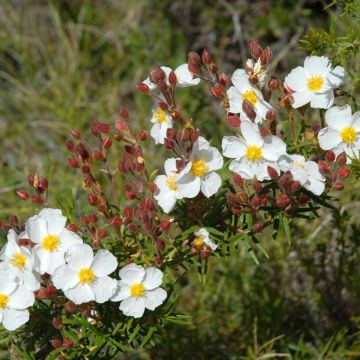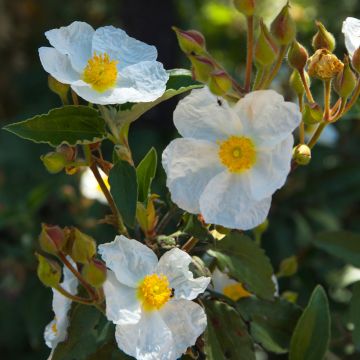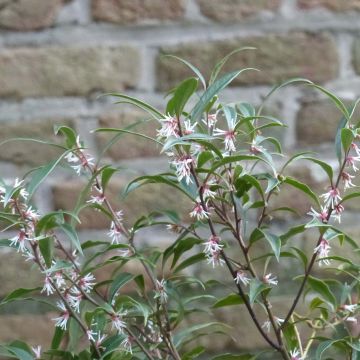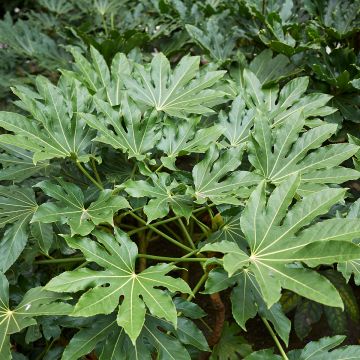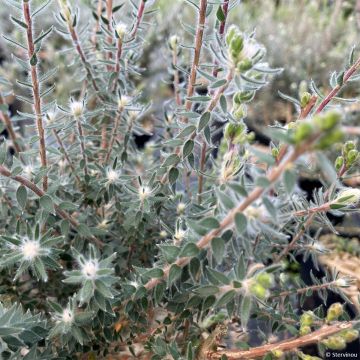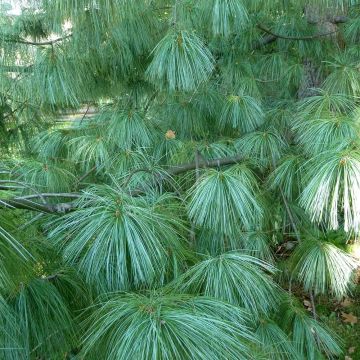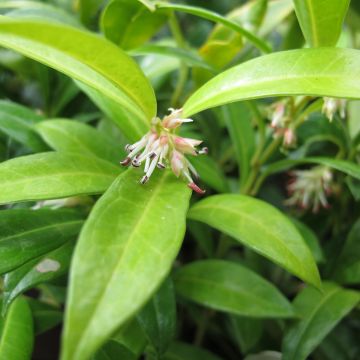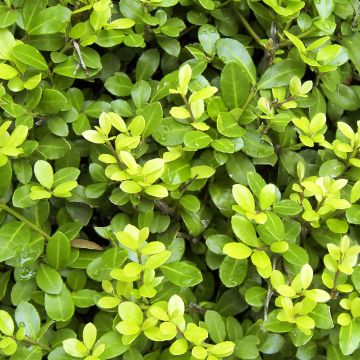

Cistus x argenteus Peggy Sammons - Rockrose
Cistus x argenteus Peggy Sammons - Rockrose
Cistus x argenteus Peggy Sammons
Rockrose
Special offer!
Receive a €20 voucher for any order over €90 (excluding delivery costs, credit notes, and plastic-free options)!
1- Add your favorite plants to your cart.
2- Once you have reached €90, confirm your order (you can even choose the delivery date!).
3- As soon as your order is shipped, you will receive an email containing your voucher code, valid for 3 months (90 days).
Your voucher is unique and can only be used once, for any order with a minimum value of €20, excluding delivery costs.
Can be combined with other current offers, non-divisible and non-refundable.
Home or relay delivery (depending on size and destination)
Schedule delivery date,
and select date in basket
This plant carries a 24 months recovery warranty
More information
We guarantee the quality of our plants for a full growing cycle, and will replace at our expense any plant that fails to recover under normal climatic and planting conditions.
Would this plant suit my garden?
Set up your Plantfit profile →
Description
Cistus argenteus Peggy Sammons is a remarkably hardy hybrid variety of rockrose. This small evergreen Mediterranean bush offers abundant flowering in the spring, with light corollas, similar to crumpled silk, dog roses, in a surprising soft pink with metallic highlights. The delicate flowers only last for one day, but are continuously renewed, with a dense, dark green foliage. A plant perfectly equipped to withstand drought and salt winds. It will thrive in dry and poor soil, on a sun-drenched slope.
The Peggy Sammons rockrose belongs to the family of cistaceae. Its parentage is complex, including C. albidus, C. creticus and C. laurifolius, which has passed on its excellent hardiness (down to -15°C (5 °F)). All these plants are native to Mediterranean regions. This branching shrub has a bushy and upright habit. It will reach a height of about 1.20 m (4 ft), with a spread of 1 m (3.3ft). Its growth is quite slow, the plant ages relatively well and disappears after 12 to 15 years. The flowering takes place in spring or early summer depending on the climate, and lasts for about a month. The round open corolla flowers, measuring 4 to 4.5 cm ( 1.8 in) in diameter, are pale silver-pink, enhanced by numerous bright yellow stamens. The petals slightly overlap. They only live for a day, covering the ground with their petals in the late afternoon, but will already be replaced the next morning. The evergreen foliage is composed of thick, elongated, ovate, greyish-green, downy leaves, measuring from 3 to 5 cm (1.2 to 2 in) long. The young shoots are aromatic.
This lovely bush for rockery and poor soil, is perfectly adapted to drought. Create a sloping bed to accompany your rockrose and evoke the scrubland, by mixing the foliage and scents of lavender, rosemary, thyme, shrubby sage, and aromatic perennials. Add Californian poppies and dryland euphorbias for some dynamism in your compositions. You can plant it in the ground (well-drained) almost anywhere, however for the coldest regions it is possible to grow it in large pots, in which case make sure it has good drainage and water generously but infrequently, allowing the substrate to dry out between waterings.
The leaves of aromatic rockrose varieties produce labdanum, a sticky resin with medicinal properties, widely used in perfumery.
Report an error about the product description
Cistus x argenteus Peggy Sammons - Rockrose in pictures
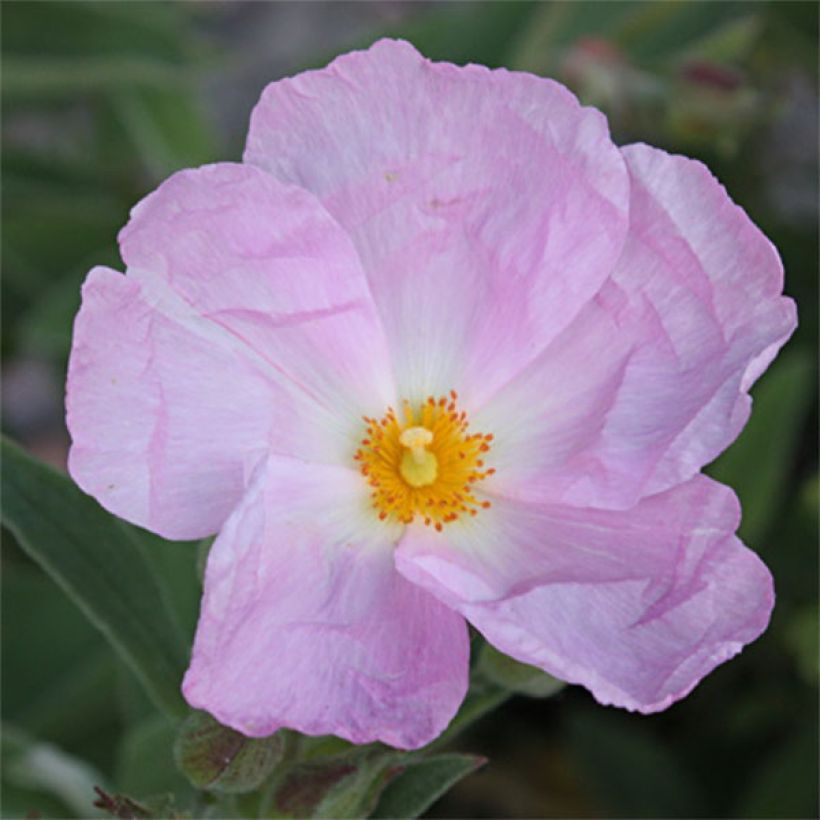

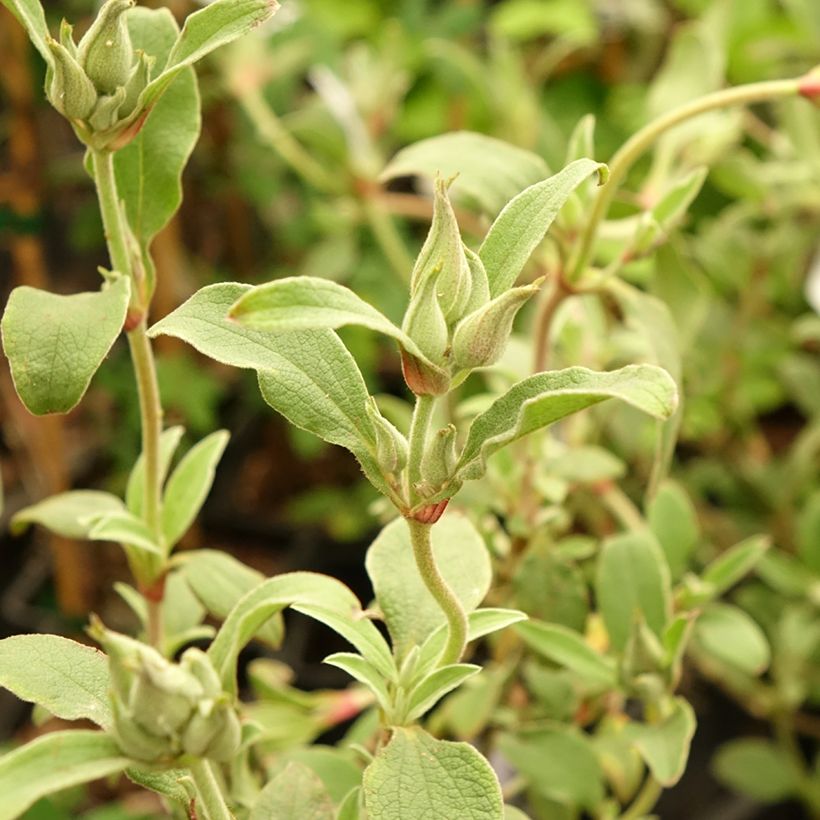

Plant habit
Flowering
Foliage
Botanical data
Cistus
x argenteus
Peggy Sammons
Cistaceae
Rockrose
Mediterranean
Other Cistus - Rockrose
View all →Planting and care
Cistus Peggy Sammons requires a perfectly drained, stony or sandy, poor, even slightly chalky soil. Plant it after the last frost in the north and in September-October in a hot and dry climate. It cannot flourish without sun and likes to have warm roots. In these conditions, it is hardy down to -15°C (5°F) and will live longer. Mulch it in winter in the coldest regions and protect it from the cold as much as possible. Place it in a warm spot in the garden, in full sun or against a south-facing wall, in a stony or sandy slope, or any substrate that does not retain moisture, which would be fatal to it in winter or summer which is its period of vegetative rest. The combination of heat and humidity leads to the development of a fungus that attacks the plant's collar and will be fatal to it. Not very sensitive to the presence of limestone, this variety may nevertheless show signs of chlorosis in heavy, waterlogged soil in winter; hence the importance of drainage. You can cut back the stems after flowering to encourage the plant to branch out. Avoid severe pruning.
Planting period
Intended location
Care
This item has not been reviewed yet - be the first to leave a review about it.
Similar products
Haven't found what you were looking for?
Hardiness is the lowest winter temperature a plant can endure without suffering serious damage or even dying. However, hardiness is affected by location (a sheltered area, such as a patio), protection (winter cover) and soil type (hardiness is improved by well-drained soil).

Photo Sharing Terms & Conditions
In order to encourage gardeners to interact and share their experiences, Promesse de fleurs offers various media enabling content to be uploaded onto its Site - in particular via the ‘Photo sharing’ module.
The User agrees to refrain from:
- Posting any content that is illegal, prejudicial, insulting, racist, inciteful to hatred, revisionist, contrary to public decency, that infringes on privacy or on the privacy rights of third parties, in particular the publicity rights of persons and goods, intellectual property rights, or the right to privacy.
- Submitting content on behalf of a third party;
- Impersonate the identity of a third party and/or publish any personal information about a third party;
In general, the User undertakes to refrain from any unethical behaviour.
All Content (in particular text, comments, files, images, photos, videos, creative works, etc.), which may be subject to property or intellectual property rights, image or other private rights, shall remain the property of the User, subject to the limited rights granted by the terms of the licence granted by Promesse de fleurs as stated below. Users are at liberty to publish or not to publish such Content on the Site, notably via the ‘Photo Sharing’ facility, and accept that this Content shall be made public and freely accessible, notably on the Internet.
Users further acknowledge, undertake to have ,and guarantee that they hold all necessary rights and permissions to publish such material on the Site, in particular with regard to the legislation in force pertaining to any privacy, property, intellectual property, image, or contractual rights, or rights of any other nature. By publishing such Content on the Site, Users acknowledge accepting full liability as publishers of the Content within the meaning of the law, and grant Promesse de fleurs, free of charge, an inclusive, worldwide licence for the said Content for the entire duration of its publication, including all reproduction, representation, up/downloading, displaying, performing, transmission, and storage rights.
Users also grant permission for their name to be linked to the Content and accept that this link may not always be made available.
By engaging in posting material, Users consent to their Content becoming automatically accessible on the Internet, in particular on other sites and/or blogs and/or web pages of the Promesse de fleurs site, including in particular social pages and the Promesse de fleurs catalogue.
Users may secure the removal of entrusted content free of charge by issuing a simple request via our contact form.
The flowering period indicated on our website applies to countries and regions located in USDA zone 8 (France, the United Kingdom, Ireland, the Netherlands, etc.)
It will vary according to where you live:
- In zones 9 to 10 (Italy, Spain, Greece, etc.), flowering will occur about 2 to 4 weeks earlier.
- In zones 6 to 7 (Germany, Poland, Slovenia, and lower mountainous regions), flowering will be delayed by 2 to 3 weeks.
- In zone 5 (Central Europe, Scandinavia), blooming will be delayed by 3 to 5 weeks.
In temperate climates, pruning of spring-flowering shrubs (forsythia, spireas, etc.) should be done just after flowering.
Pruning of summer-flowering shrubs (Indian Lilac, Perovskia, etc.) can be done in winter or spring.
In cold regions as well as with frost-sensitive plants, avoid pruning too early when severe frosts may still occur.
The planting period indicated on our website applies to countries and regions located in USDA zone 8 (France, United Kingdom, Ireland, Netherlands).
It will vary according to where you live:
- In Mediterranean zones (Marseille, Madrid, Milan, etc.), autumn and winter are the best planting periods.
- In continental zones (Strasbourg, Munich, Vienna, etc.), delay planting by 2 to 3 weeks in spring and bring it forward by 2 to 4 weeks in autumn.
- In mountainous regions (the Alps, Pyrenees, Carpathians, etc.), it is best to plant in late spring (May-June) or late summer (August-September).
The harvesting period indicated on our website applies to countries and regions in USDA zone 8 (France, England, Ireland, the Netherlands).
In colder areas (Scandinavia, Poland, Austria...) fruit and vegetable harvests are likely to be delayed by 3-4 weeks.
In warmer areas (Italy, Spain, Greece, etc.), harvesting will probably take place earlier, depending on weather conditions.
The sowing periods indicated on our website apply to countries and regions within USDA Zone 8 (France, UK, Ireland, Netherlands).
In colder areas (Scandinavia, Poland, Austria...), delay any outdoor sowing by 3-4 weeks, or sow under glass.
In warmer climes (Italy, Spain, Greece, etc.), bring outdoor sowing forward by a few weeks.






























